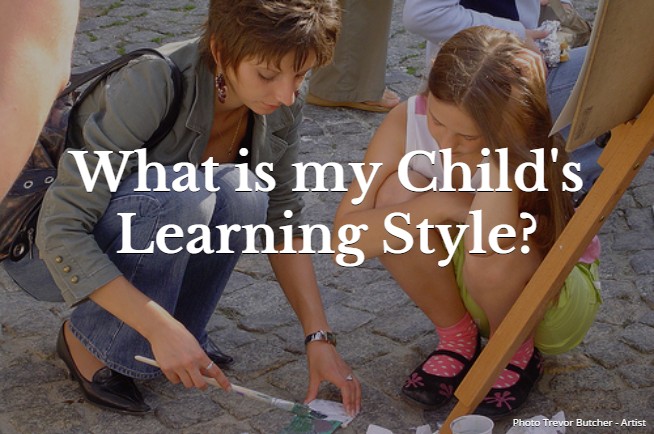When I first began homeschooling, understanding my child’s learning methods was a significant challenge. He wasn’t responding to traditional teaching approaches, which led me to realize the critical need for personalized education. Homeschooling offered the perfect opportunity to tailor his learning experience, so I embarked on a journey to uncover what truly resonated with him. Learning to recognize and appreciate his individual learning style transformed our educational journey, making learning more effective and enjoyable.
There’s a wealth of information available on different learning style models. I’ve drawn from various sources to create a framework that acknowledges the complexity of how children learn. Many models categorize learners, but I’ve observed that children often don’t fit neatly into single boxes. Furthermore, many existing models are designed for traditional classroom settings with standardized homework, which isn’t always applicable to homeschooling environments.
This guide is created with homeschooling families in mind. It explores whether your child leans towards being a sequential learner, who prefers linear and step-by-step instruction, or a global learner, who grasps concepts in broader terms and may jump between ideas. Some children show a clear preference, while others are more balanced in their approach. In my own family, I have children representing all these learning styles – one without a strong preference, one who is predominantly global, and another who is distinctly sequential.
Furthermore, this guide will help you identify if your child learns best through auditory methods (listening), visual aids (seeing), creative activities (innovating), reading and writing, interpersonal interactions (social learning), kinesthetic experiences (hands-on activities), or logical reasoning. You’ll likely find that your child excels in a few areas, has some less dominant styles, and perhaps some neutral preferences.
I personally found it insightful to consider my own learning style alongside my children’s. Even with my existing understanding of their learning preferences, exploring these styles in a structured way provided deeper insights into their individual learning processes.
By understanding your child’s learning style, you can unlock more effective teaching strategies and create a more engaging and successful homeschooling environment. Embracing these diverse learning styles allows for a truly personalized educational experience that caters to each child’s unique strengths and preferences.
[
